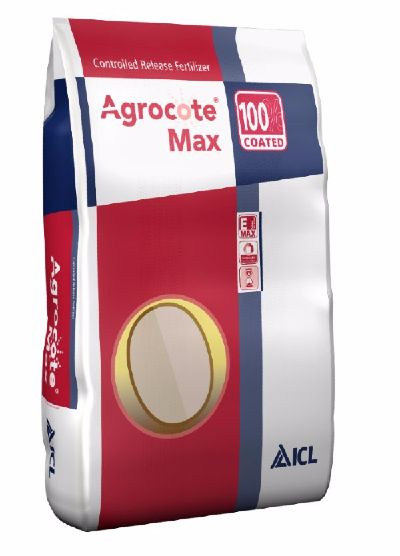Key conclusions
- By using Agrocote Max, the nitrogen losses reduced significantly, increasing marketable yield by 4%
- Agrocote Max increased the percentage in Premium (Flandria) quality class and in the produce classification by sizes, leading to a positive ROI
- With Agrocote Max, an extra income of 874 €/ha was achieved vs nitrification inhibitor based products (DMPP)
Goal of the trial
To evaluate the yield and quality impact by using Controlled Release Fertilizers (Agrocote Max) in comparison with nitrification inhibitors based products (DMPP) for leek production.
General trial information
Crops: Leek, variety Poulton
Location: Official trial station, Belgium – 2016
|
Treatment |
Product / Analysis (%) |
Product dosage, kg/ha |
Fertilizers units, kg/ha |
Timing |
|
N |
||||
|
Agrocote Max |
Calcium ammonium nitrate, 27-0-0 |
296 kg/ha |
80 |
Base fertilizer |
|
Agrocote Max, 44-0-0, 1-2M, 100% coated N |
205 kg/ha |
90 |
Top dressing |
|
|
Total fertilizers units, kg/ha |
170 |
|
||
|
DMPP |
Calcium ammonium nitrate, 27-0-0 |
296 kg/ha |
80 |
Base fertilizer |
|
DMPP (nitrification inhibitor based product), 26-0-0 |
346 kg/ha |
90 |
Top dressing |
|
|
Total fertilizers units, kg/ha |
170 |
|
||
|
Economic evaluation |
Agrocote Max |
DMPP |
|
Marketable yield, MT/ha |
28.8 |
27.8 |
|
Gross income, €/ha |
14,608 |
13,684 |
|
Extra cost of ICL treatment (vs. DMPP) , €/ha |
50 |
|
|
Extra income/ha (vs. DMPP), €/ha |
874 |
|
Results
The most important parameters, in defining the profitability of a leek crop, are quality classes and produce classification by sizes.
The highest price will be paid for Flandria class and size 3-4.
Agrocote Max showed significant difference in both mean piece weight and total marketable yield, and by increasing the percentage of Flandria quality class combined with the highest % of class 3-4 as size quality, the product led to a positive ROI.|
Overall Agrocote Max provided a better score improving quality parameters during the whole crop cycle (darker color, more voluminous and healthier crop)

